The tank is a resilient and devastating war machine, and a key element in many conflicts throughout the 20th and 21st centuries. To break the deadlock of trench warfare in the western front during the WWI, the concept of tank battle was developed. Britain and France simultaneously and separately developed the first tanks during the WWI.
The name ‘tank’ was adopted for the British ‘land ships’ in 1915 to maintain the secrecy of the armored vehicles. In an effort to fool the enemy spies, British army propagated the myth that they had been building ‘mobile water tanks’.
The world saw tanks in battle for the first time on September 15, 1916, when British Army deployed these armored land ships during the Battle of the Somme. Throughout 20th century, tanks have played a dynamic role for the army and it has seen fierce and devastating action.
It is a strong mobile weapon platform with a large caliber rotating cannon capable of preventing enemy vehicles from advancing. From the the Battle of the Bulge in WWII to the 1981 Battle of Dezful during the eight year long Iran-Iraq war, tanks performed as the most significant offensive weapons around the world.
Following the fall of France in 1940, the country’s development of armored vehicles was suspended for a period that lasted throughout WWII.
France probably had the best tank designs in Europe before the War, but it was reduced to the puppet state of Vichy France after occupation by the Germans.
The French Renault FT was among the most influential and revolutionary tanks in history. Following the very poor performance of the French Schneider CA-1 tank at General Neville’s April 1917 offensive at Berry Au Bac, Colonel Estienne, the designer of the CA-1 tank gave his full support for the development of a technically more advanced tank, a task which was borne by the Renault Automobile Company.
The Renault was also called FT-17 as a factory code for tank projects run by the Renault Automobile Company. Louis Renault, the famous car maker and owner of the Renault Automobile Company, had begun designing a tank that had a realistic power-to-weight ratio, better agility, speed and trench crossing ability. The tank was also to be cheaper to produce, and easier to maintain.
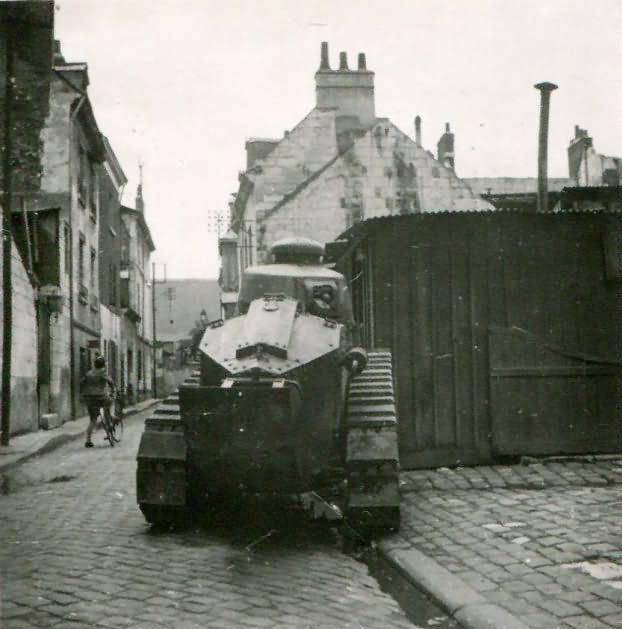
At that time, the French were undecided about whether to use a large number of small tanks or a small number of large tanks such as the Char 2C—just like the British who had performed well with heavy tanks at the Battle of Somme.
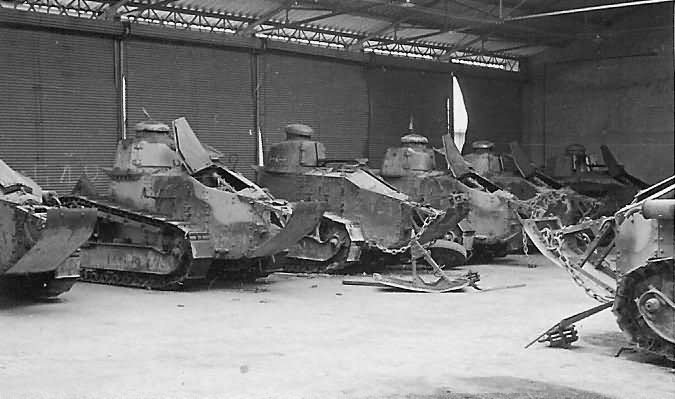
The Renault FT weighed 6.5 tons and had a power-to-weight ratio of 5 hp/ton. Its main armament comprised a Puteaux SA 1918 37mm gun or a Hotchkiss machine gun within a fully rotating turret. It was the first tank ever to use a fully rotating turret.
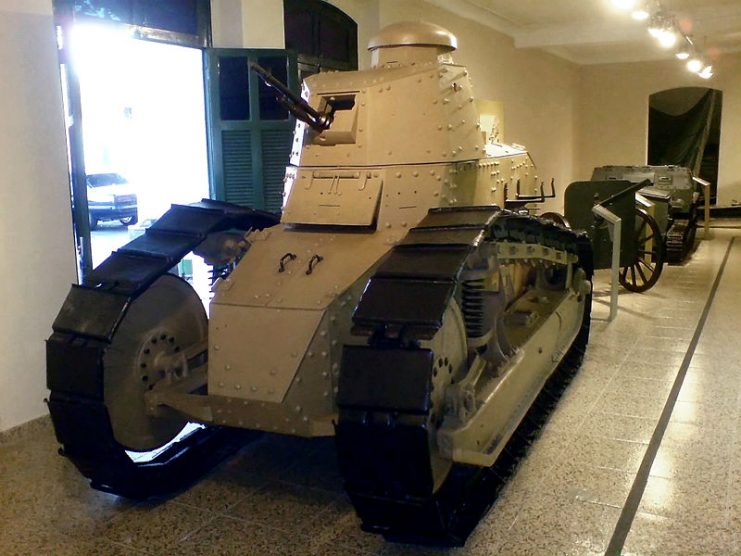
There were no means of communication between the turret operator and driver because of the very noisy interior, so a kind of “kicking code” in the back, shoulder or head was used by the turret operator to command the driver.
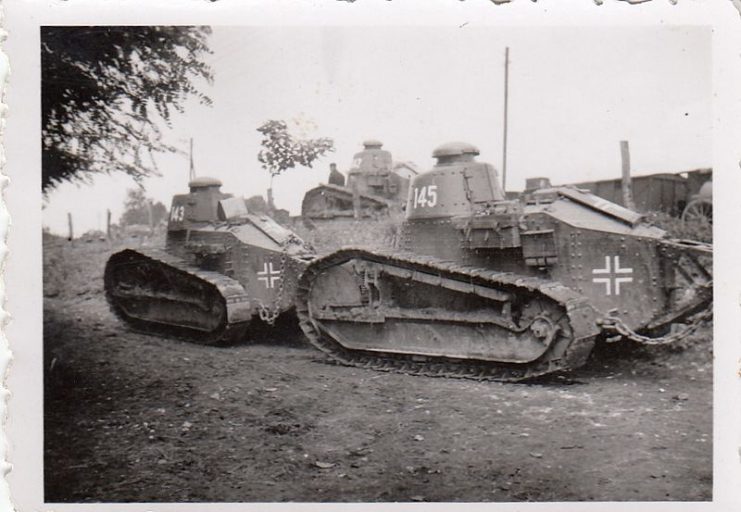
The first operational unit to use the Renault FTs was the 1st Battalion De Chars Legers, on February 1918.
The Americans, soon after the war also developed their own version of the FT-17.
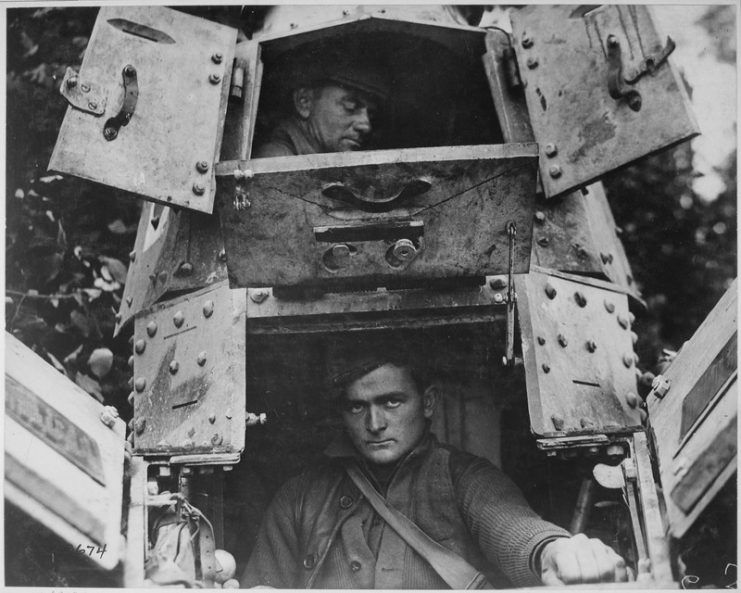
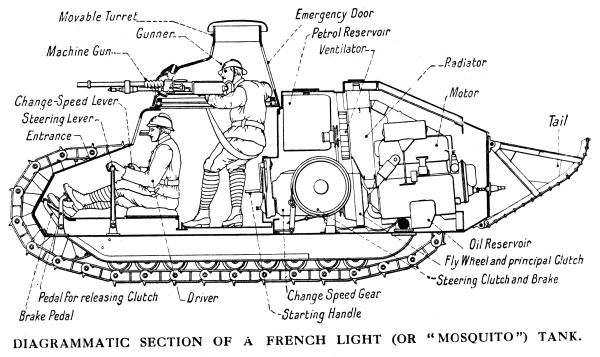
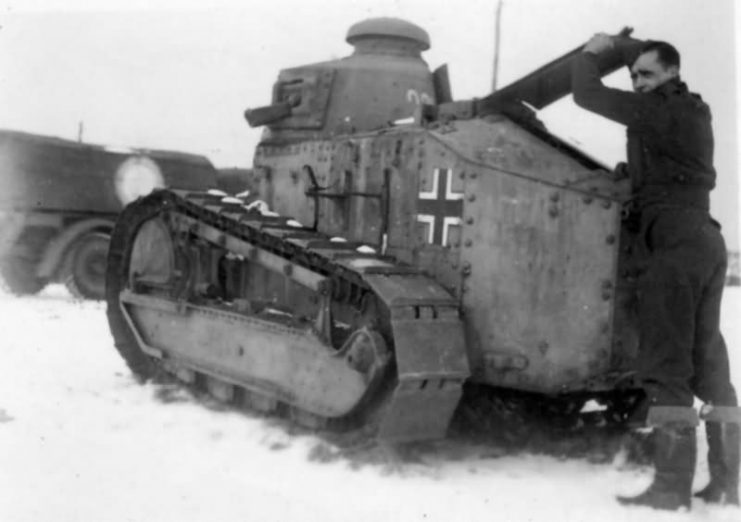
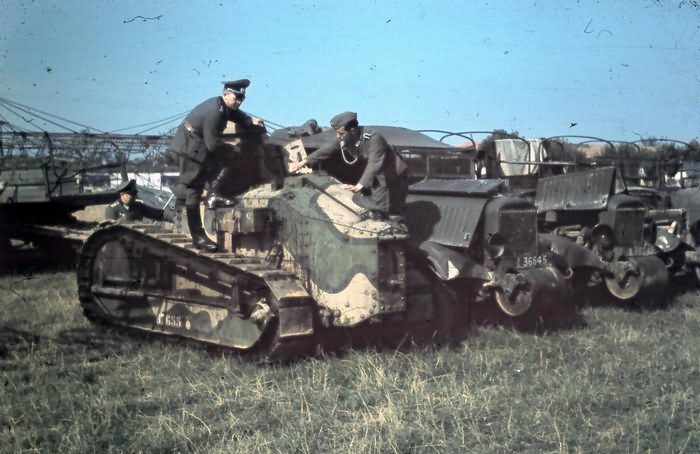
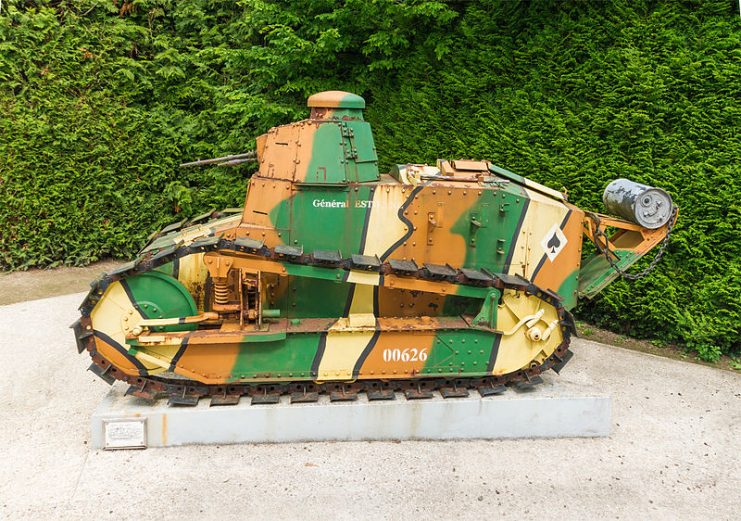
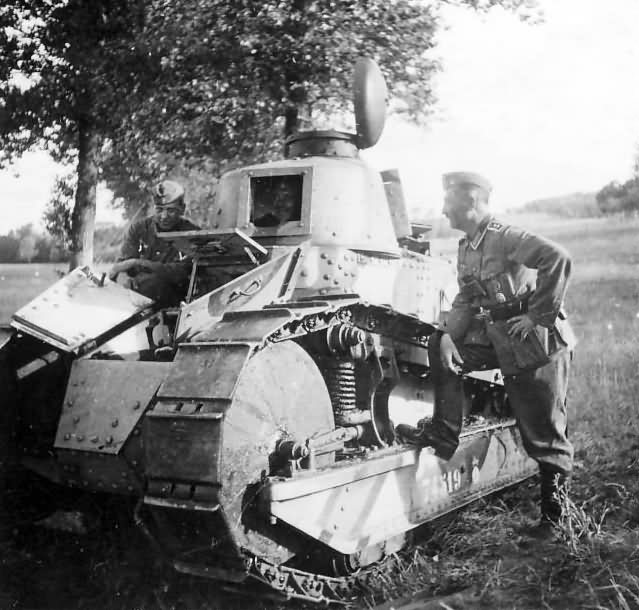
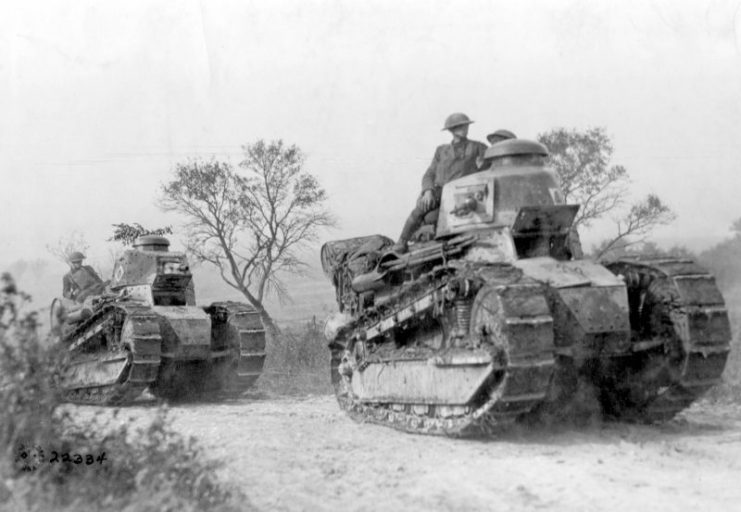

No comments:
Post a Comment
I had to change the comment format on this blog due to spammers, I will open it back up again in a bit.